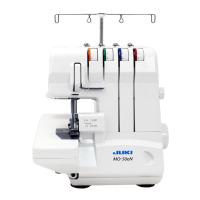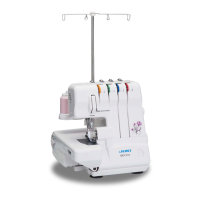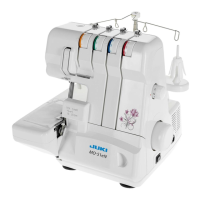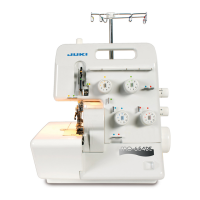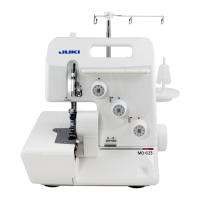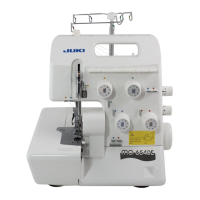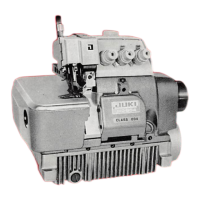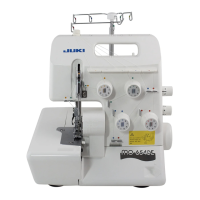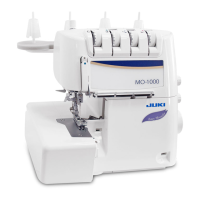2-Needle,3/4-Thread Overlock Sewing Machine
Surjeteuse-Raseuse 2 Aiguilles, 3/4Fils
Maquina de coser Sobreorilladora da 2 Agujas, 3/4 Hilos
Instruction Manual
Manual de instrucciones
Manuel d instructions
2 agulhas, chuleado de 3/4 Linhas máquina
Instruções
MO-50e/51e
IMPORTANT:
Read all safety regulations carefully and
understand them before using your sewing
machine.
Retain this instruction manual for future reference.
IMPORTANTE:
Lea cuidadosamente todas las recomendaciones
con respecto a la seguridad y comprendalas
perfectamente antes de usar su maquina.
Guarde este libro de instrucciones para
referencias futuras.
INSTRUÇÕES:
Leia todas as instruções, antes de utillizar esta
máquina.
IMPORTANT:
Avant de mettre la machine en marche, lire
attentivement et assimiler les regles de securite
de ce manuel.
Conserver le manuel afin de pouvoir le consulter
ul terieurement.



